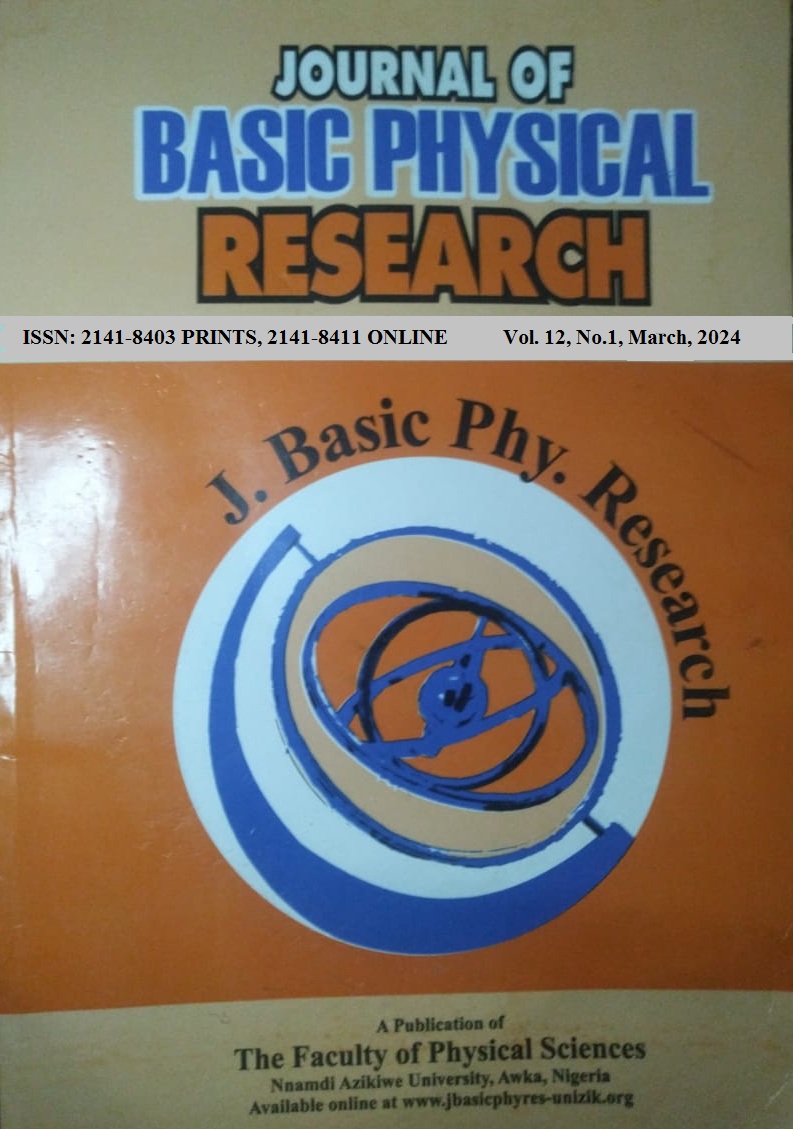NEW CHEMO-SENSORS BASED ON SIMPLE SPECTROSCOPIC METHODS
Keywords:
Anthranilamide, Chemo-sensors, Copper(II), Schiff base, UV-spectroscopyAbstract
Molecular probes with interesting frameworks for detection of metal ions have been extensively studied in the past. Schiff bases however have proven to be more effective and efficient. In this study, two new Schiff bases NT1 and NT2 were synthesized from anthranilamide using 2-hydroxylsalicylaldehyde and 5-bromosalicylaldehyde. The ligands were characterized using Electrospray Ionization Mass Spectrometry and Fourier Transform Infrared Spectroscopy. Results of analysis showed a yield of 65-70 % and melting points in the range of 188-190 and 195-197 for NT1 and NT2 respectively. Electrospray Ionization Mass Spectrometry confirmed the purity and exact mass of the ligands. Fourier Transform Infrared Spectroscopy revealed stretching frequencies for imine bands around 1607-1614 cm-1, while hydroxyl and amino groups appeared in the range of 3409-3411 cm-1 and 3192-3288 cm-1.The electro-activeness of the ligands was also studied and both ligands were investigated as potential chemo-sensors for copper metal ion using Ultraviolet spectroscopic technique. The chemo-sensing studies of the Schiff bases revealed a red-shift in the electronic spectra of the ligands on complexation with copper (II) metal ion. Peaks around 620-690nm were observed for the complexes with copper (II) metal ion. These can be attributed to d-d transition that occur within the complexes. Presence of peaks at low concentrations indicates the use of these probes as analytical tool.


